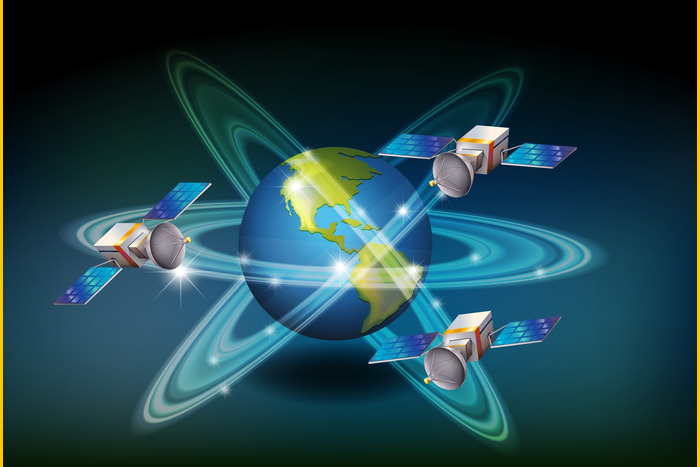Facts About Satellite Internet

Just like traditional cable wires provide internet services your way, satellite internet also serves the same purpose. The only difference is that the service is provided to you via a satellite perched some 22,000 miles up in the sky. Satellite internet becomes especially practical in those hard-to-reach remote areas where it’s difficult to access traditional cable internet.
It works very well for those who don’t use the internet for more than just checking emails or casual browsing. But for those who are into HD live streaming or gaming, it might have some limitations.
How does it work?
Satellite internet technology works in a simple way. It involves the internet service provider (ISP) sending a signal to the satellite perched high up in space. The satellite then sends a signal to the internet subscriber via a satellite dish fixed outdoors high on the roof or the wall of the home. The dish is attached to the modem and from there to a router or directly to the PC or other internet-enabled device. In some cases, instead of a satellite dish, a satellite antenna can be used for better signal reception.
Equipment needed
When you decide to go for satellite internet, your ISP will set you with all the equipment necessary for receiving internet signals. These include a network cable connecting outdoors, a modem and a router. Aside from these, your ISP will also provide you with a satellite dish or a satellite antenna. A satellite dish needs to be placed high up where its free of obstructions like trees or buildings. All this equipment could be charged as a one-time payment or on a monthly rental fee.
Pros and Cons
A big plus of satellite internet services are that they can provide internet services when other methods like broadband cables and fibernet internet fail and become impossible to access due to physical limitations. This is when satellite internet comes into play. Aside from this, satellite internet is available almost everywhere.
And when it comes to the cons, satellite internet speeds are unfortunately slower than fibernet and are prone to greater latency as they are transmitted from space. They are also more expensive than cable internet and get easily disrupted by weather conditions like rainstorms or snowfall.

